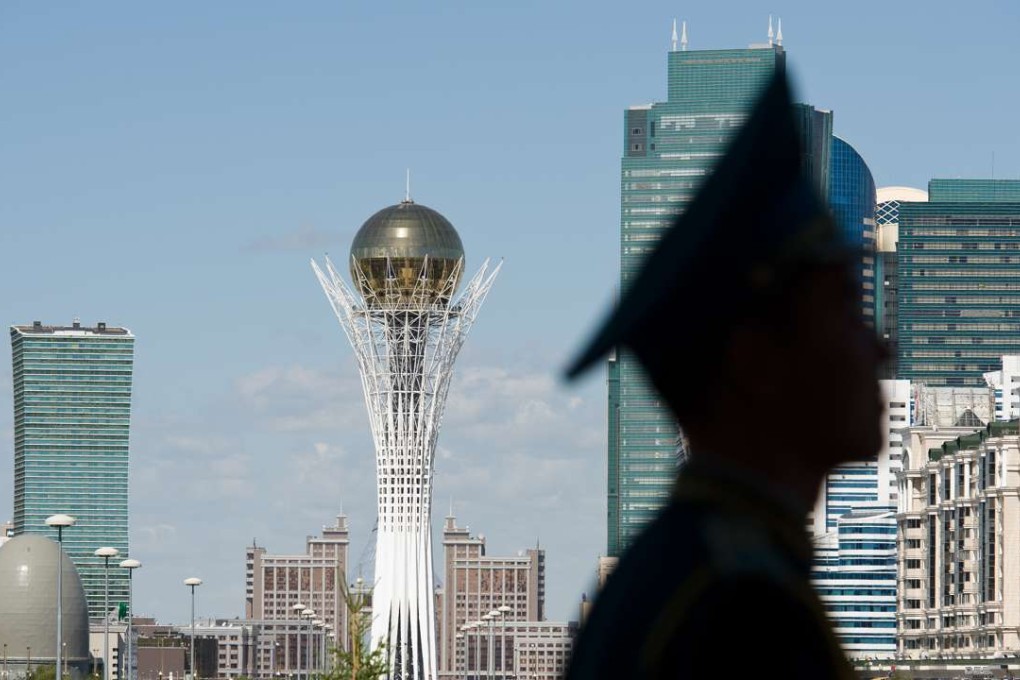Central Asia’s answer to Dubai? In Kazakhstan’s Astana, reality bites
Amid the glitzy towers and preparations for a mega expo, a commodities crash, free-falling currency and China’s slowdown fuel uncertainty about the future

No press packages, no cheerleading videos, no slick PowerPoint presentations and nary a pre-arranged interview with a bigwig. For a mega expo positioned as Kazakhstan’s coming-out party on the world stage, the arrangements for media familiarisation in the capital of Astana couldn’t have been more half-hearted.
The three-month expo, due to open next June and meant to showcase Astana as the Dubai of Central Asia, was originally estimated to cost up to US$3 billion and attract five million visitors. But much has changed since the expo was planned in the oil-exporting nation. The commodities market has gone bust, the currency is in free fall, and the ripples of China’s slowdown have begun to be felt in the neighbourhood.
Dotted with glitzy towers and the cranes that build them, Astana replaced Almaty as the capital in 1997, on the order of authoritarian leader Nursultan Nazarbayev, the nation’s only president since it gained independence after the dissolution of the Soviet Union in 1991.
“Unfortunately we cannot spell out the budget,” said Alisher Pirmetov, deputy chairman of the state-owned Astana Expo-2017 National Company.
China and Kazakhstan sign $2 billion in deals as Xinjiang party chief visits the Central Asian nation
Pirmetov’s reluctance to talk numbers mirrors the uncertainty that has engulfed Kazakhstan recently. A key ally and trading partner of China, Kazakhstan is in the grip of a protracted economic downturn. Oil accounts for around a fifth of Kazakhstan’s gross domestic product, half its budget revenue and 76 per cent of its exports.
